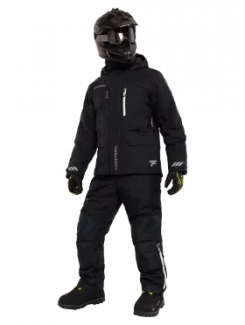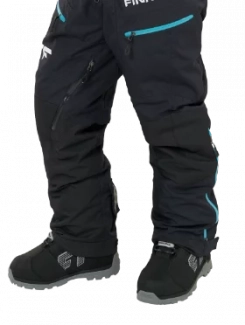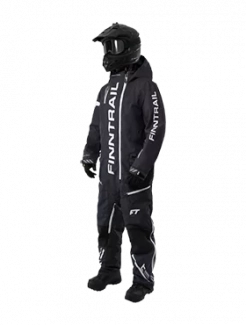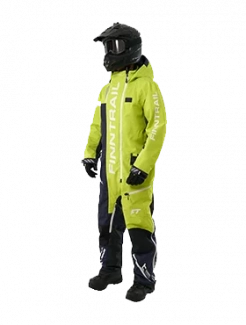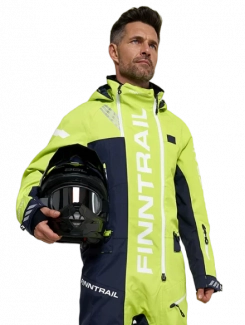Your Guide to Snowmobiling: 6 Tips for Trails and Beyond
Snowmobiling is one of the best ways to experience winter. Whether you’re carving through open fields, exploring groomed trails, or heading deep into untouched backcountry, riding a snowmobile brings a rush like no other. But with that thrill comes responsibility. Learning the right tips can help you stay safe, confident, and in control—especially if you’re just starting out.
This guide covers 6 snowmobile tips that work for beginners, trail riders, and those ready to take on mountains and backcountry terrain.
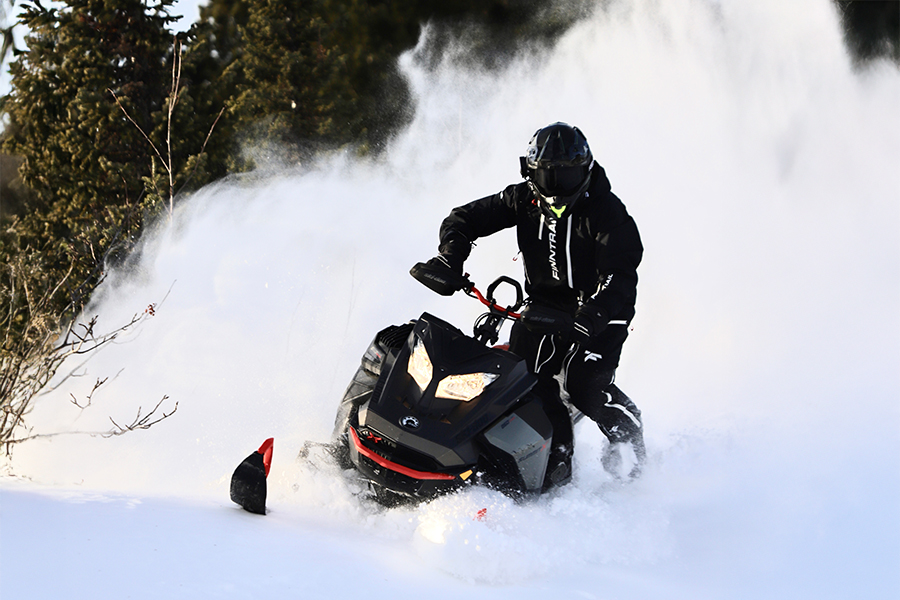
1. Start with the Basics
Before heading out, it’s smart to cover a few basics that can make your snowmobile experience a lot safer and more enjoyable.
-
Learn your snowmobile: Get familiar with your snowmobile before you hit the trails. Take a little time to understand how the throttle responds, how the brakes feel, and how the handlebars steer on snow. A safe, open area like a frozen field or wide trail is perfect for practicing slow turns, gentle stops, and quick starts so that when you’re on a real ride, everything feels natural.
-
Gear up properly: The right gear makes all the difference in comfort and safety. Dress in warm, waterproof layers so you can stay dry even if you roll around in the snow. Always wear a DOT-approved helmet for head protection, along with goggles to keep snow and wind out of your eyes. Insulated gloves keep your hands from freezing, and sturdy boots with good traction keep your feet warm on long rides. A neck gaiter or balaclava is a small thing that can make a big difference on cold, windy snowmobile trails.
-
Do a pre-ride inspection: Before you leave, give your snowmobile a quick but thorough check. Make sure there’s enough fuel and oil, confirm that the lights work, and take a look at the track to ensure there are no tears or problems. Carry an emergency kit that includes a basic tool set, a tow strap, and a first-aid kit—these little things can save the day if something goes wrong far from help.
If you’re new to snowmobiling, stick to groomed, well-marked trails at first. They’re safer, easier to ride, and give you a chance to build confidence before exploring deep snow or backcountry terrain.
2. Master Trail Etiquette
Trail systems can get busy, so good manners matter when riding your snowmobile.
-
Keep right, just like on a road.
-
Slow down for blind turns and trail crossings.
-
Use hand signals when stopping, turning, or letting riders pass.
-
Leave space between sleds—riding too close can cause pile-ups.
3. Adapt to Terrain and Snow Conditions
Snowmobiling changes a lot depending on the terrain and weather conditions you’re riding in. Knowing how to adjust your technique makes a huge difference in how safe and fun your snowmobile trip will be.
-
Packed trails: These trails are smooth and fast but can also be slick with ice, especially around corners or in shaded areas. Ease into your turns, keep a moderate speed, and don’t let the smoothness trick you into going too fast. Good throttle control helps you stay balanced if the snowmobile starts to slide.
-
Deep snow: Riding your snowmobile in powder feels like floating, but it takes a different approach. Keep your speed steady and don’t slow down too much—momentum keeps you on top of the snow instead of sinking in. Shift your weight slightly back to help the front end stay up, and be ready to lean and steer with your body to keep moving in the direction you want.
-
Icy patches: These can pop up anywhere, so always keep an eye out for shiny spots. On ice, sudden movements are your enemy. Avoid stabbing the throttle or hitting the brakes hard. Instead, ease off the gas and steer gently. Smooth and steady inputs give you the best chance of staying in control of your snowmobile.
4. Learn to Use Your Body: Weight Shifting
Whether you’re carving through a mountain pass or tackling a narrow trail, your body position controls the snowmobile.
-
Stand on bumps: Lift slightly off the seat on rough sections for better control.
-
Leaning through turns: Shift your weight inside the turn, similar to riding a motorcycle.
-
Sidehill control: On mountain slopes, lean uphill and keep steady throttle to prevent tipping your snowmobile.
5. Extra Tips for Mountain and Backcountry Riding
Riding a snowmobile in the mountains and backcountry requires more than basic skills. The conditions are tougher, and help isn’t close by.
What to Bring:
-
Avalanche gear (beacon, probe, shovel)
-
GPS, map, and compass
-
First-aid kit and tools for emergency repairs
-
Food, water, and extra warm layers
Choose FINNTRAIL insulated gear that keeps you warm and protected so you won’t freeze on the coldest snowmobile rides.
Safety Practices:
-
Always ride with a partner.
-
Check avalanche forecasts and weather reports before leaving.
-
Learn how to read the terrain to avoid cornices, tree wells, and avalanche zones.
-
Plan your snowmobile route ahead of time and let someone know your plans.
These tips aren’t just for pros—they’re essential for anyone leaving the safety of groomed snowmobile trails.
6. Know Your Limits and Build Up Gradually
The last but most important of all snowmobile tips is to pace yourself.
-
If you’re a beginner, stick to trails and practice the basics first.
-
Increase your challenge slowly: try rolling hills before tackling deep powder or steep sidehills.
-
Fatigue affects control—don’t hesitate to rest if you feel tired.
-
Confidence grows with time and experience.
Common Mistakes Beginners Make
Avoiding these mistakes will help make your first snowmobile rides much smoother:
-
Riding too fast too soon: Speed is fun but can be dangerous before you learn control.
-
Not looking ahead: Focusing only on the snowmobile instead of scanning the trail can lead to sudden obstacles.
-
Overcorrecting: Jerky steering or sudden braking can cause a skid or tip-over.
-
Ignoring weather conditions: Storms, fog, or heavy snow can quickly turn unsafe if you’re unprepared.
Final Thoughts
Snowmobiling is as rewarding as it is thrilling, especially when you approach it with the right knowledge and preparation. Whether you’re sticking to trails or planning a mountain adventure, these snowmobile riding tips—from beginner-friendly advice to advanced—will keep you safe and help you get more fun out of every ride.



